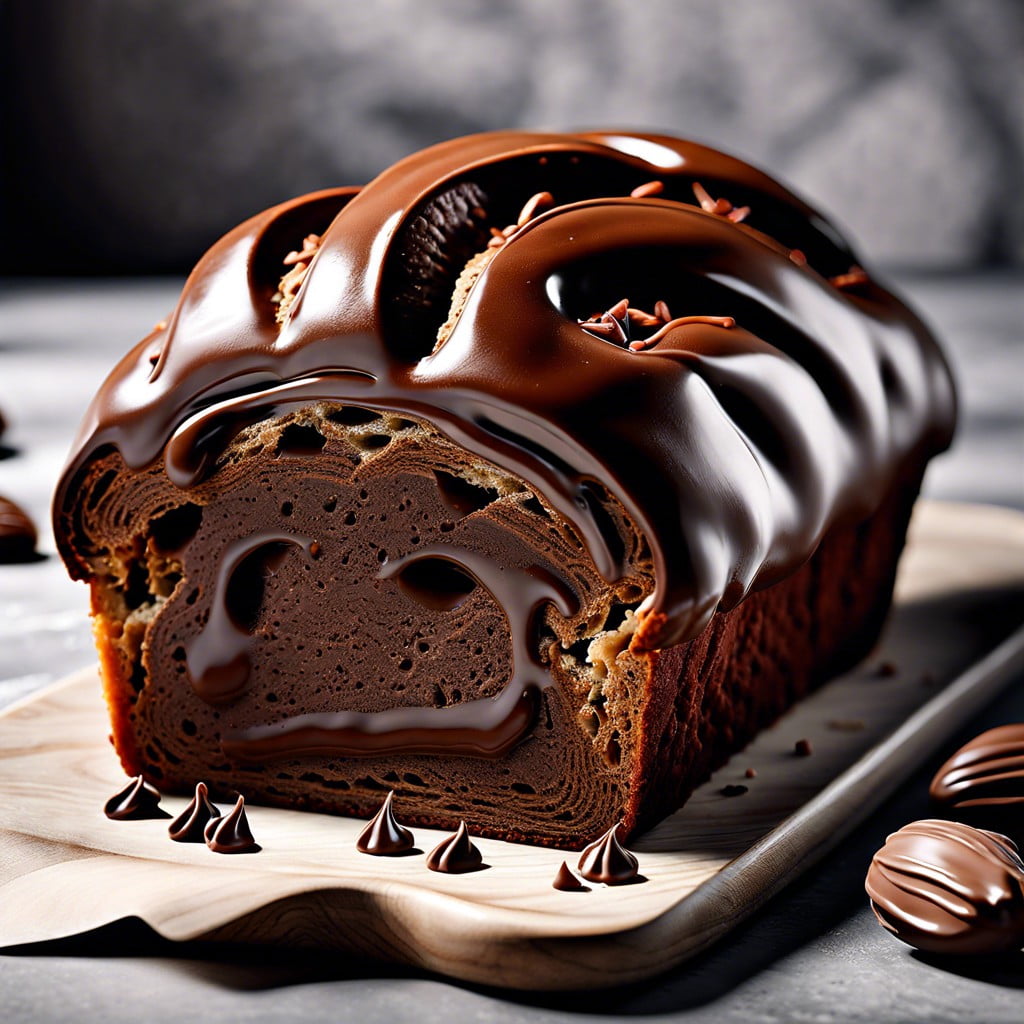This article provides a comprehensive overview of the fascinating history of chocolate from its discovery to its widespread global popularity.
Key takeaways:
- Cacao originated in Central and South America, prized by ancient civilizations.
- Europeans brought cocoa beans to Spain, sweetened and popularized it.
- Chocolate spread to American colonies, became a social hub.
- Industrialization led to mass production and global popularity of chocolate.
- Fair-trade and sustainable production address ethical and environmental concerns.
Inside
South American Origin

Cacao, the magical bean from which chocolate is derived, traces its roots back over 3,000 years to the rainforests of Central and South America. Ancient civilizations, including the Olmec, Maya, and Aztec, prized cacao for its rich flavors and believed it possessed divine qualities.
- The Olmec, one of the earliest known Mesoamerican civilizations, were likely the first to cultivate cacao as early as 1500 BC.
- The Mayans elevated the status of cacao, using it in religious rituals and as a luxury drink, often blended with spices like vanilla and chili.
- Aztecs associated cacao with the god Quetzalcoatl and considered it more valuable than gold; they used cacao beans as currency.
Archeologists have unearthed evidence of these ancient practices, such as cacao residue found in pottery vessels, providing a glimpse into the cultural importance of chocolate’s precursor in pre-Columbian societies.
European Encounter With Chocolate
Spaniard Hernán Cortés first encountered cocoa as a beverage among the Aztec nobility in the early 16th century. Intrigued by the frothy drink, the conquistadors brought cocoa beans back with them to Spain, where it was sweetened with sugar and heated, significantly altering its bitter taste. This new form of chocolate became a luxurious commodity among the Spanish upper class.
By the 17th century, chocolate had spread to France and England, often served in chocolate houses, the precursors to today’s cafes. With the addition of milk, chocolate’s popularity further increased, turning it into a fashionable drink across Europe’s elite societies.
Initially, chocolate remained an exclusive pleasure due to the labor-intensive process of grinding and processing cocoa beans by hand. However, technological advancements such as the steam engine and conching machine in the 18th and 19th centuries respectively, eventually made chocolate more accessible and set the stage for mass production.
Development of Chocolate in the American Colonies
During the 17th and 18th centuries, chocolate was predominantly a luxury for the European elite, but its popularity soon spread to the American colonies. Initially, chocolate was consumed as a beverage, often sweetened with sugar or honey, and sometimes spiced with vanilla, cinnamon, or chili peppers.
With the establishment of chocolate houses in cities like Boston and New York, chocolate’s social importance grew. These venues became hubs of political discussion and business, mirroring the coffeehouses of Europe.
The production techniques of the time were labor-intensive. Cacao beans were roasted, winnowed by hand to remove the husk, and then ground on a stone called a metate to produce a chocolate liquor. This paste was then molded into blocks or discs and sold as baking chocolate or further processed for drinking.
Colonial chocolate makers started to innovate and mechanize the process. Water mills and horse mills were employed to grind the cacao, increasing production efficiency. These technological advances underpinned the growth of American-made chocolate and set the stage for further industrialization of chocolate production in the subsequent centuries.
Mass Production and Globalization of Chocolate
With the advent of the Industrial Revolution in the 18th and 19th centuries, chocolate underwent a significant transformation. The introduction of machinery enabled the mass production of chocolate, making it widely available and affordable for the first time. Notable innovations such as the cocoa press, developed by Coenraad van Houten in 1828, separated cocoa butter from the cocoa solids. This process resulted in a more consistent and malleable cocoa powder, setting the stage for solid chocolate.
During this period, a number of now-famous chocolate companies were established, including Cadbury in England, Nestle in Switzerland, and Hershey in the United States. These companies became instrumental in popularizing chocolate across various demographics and geographies.
As global transportation networks expanded, cacao farming shifted to suit international demands. Large plantations in West Africa and Southeast Asia began cultivating cacao to supply the world’s growing appetite for chocolate.
By the 20th century, chocolate was no longer a luxury item but had become an everyday indulgence worldwide. Marketing and branding played crucial roles in embedding chocolate into various cultures’ cuisine and customs.
The adoption of assembly line production further streamlined manufacturing, allowing for a diverse array of chocolate products. Chocolate bars with fillings, chocolate-coated confections, and seasonal offerings became staples in the global market.
As chocolate became a global commodity, its production and distribution networks turned into complex international supply chains. Today, chocolate enjoys an undeniable presence in societies around the world, thanks in no small part to the advancements in mass production and globalization.
Fair-Trade Movement and Sustainable Chocolate Production
The Fair-Trade movement materialized from the recognition of unjust practices within the cocoa industry, often at the expense of small-scale farmers. This initiative aims to provide a fair wage and improved working conditions for growers through certification and labeling of products. Labels indicate adherence to specific economic, social, and environmental standards, incentivizing consumers to make ethically conscious choices.
Sustainable chocolate production further addresses concerns about the environmental impact of cocoa farming. It involves implementing practices that conserve biodiversity, reduce carbon footprints, and minimize pesticide use. These approaches ensure that chocolate production can continue without depleting natural resources or harming ecosystems. By supporting these movements, consumers and producers contribute to a healthier planet and a more equitable chocolate industry.




